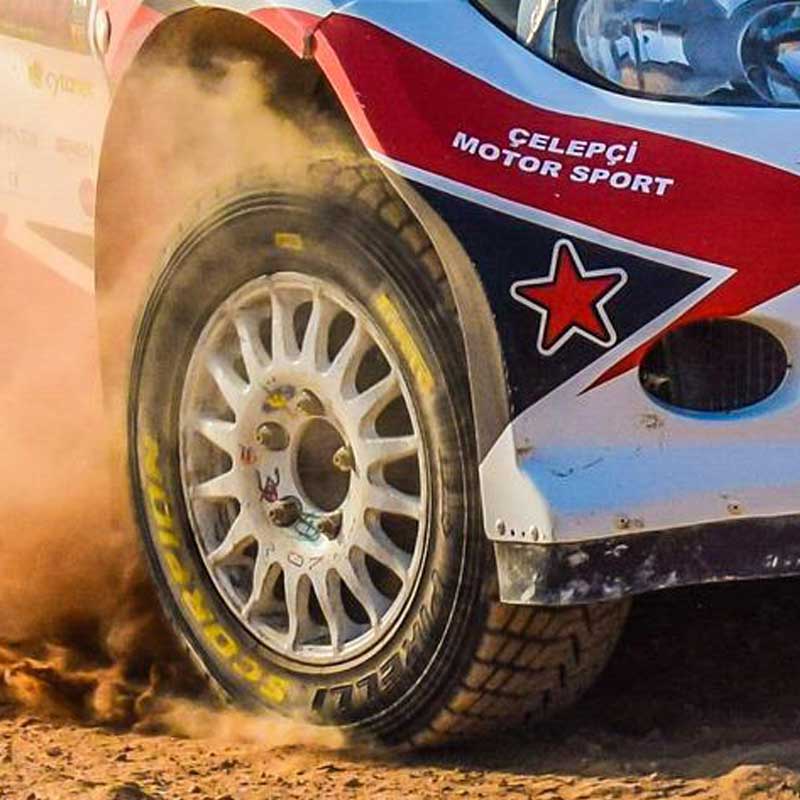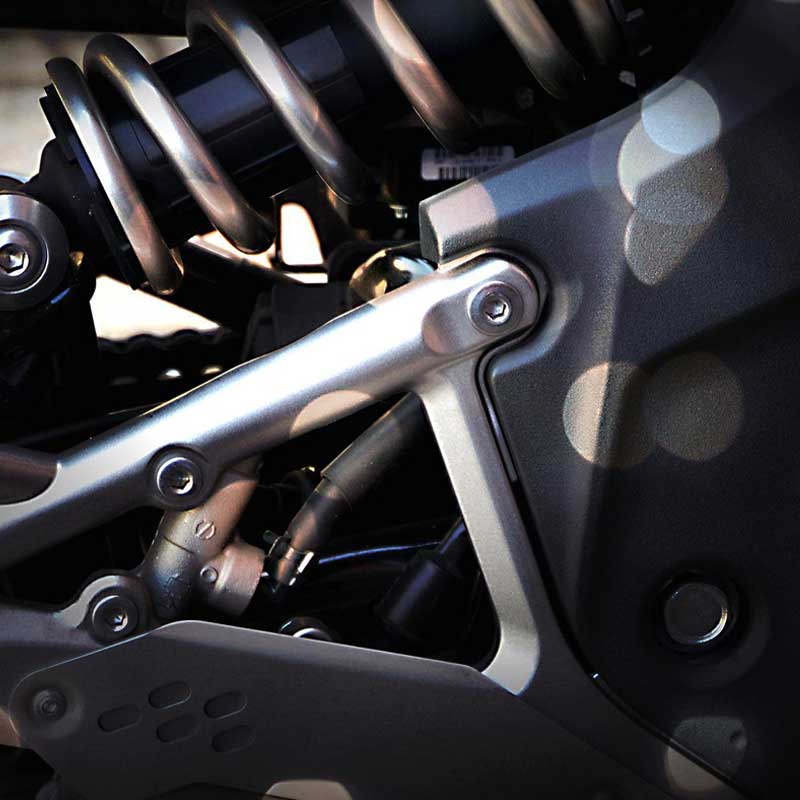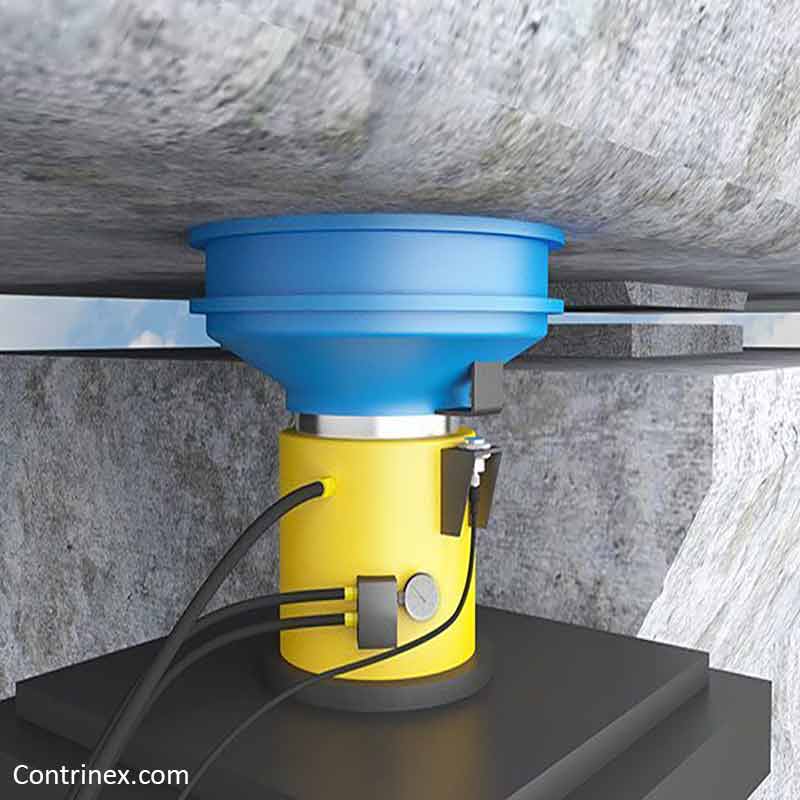Resistance of Inductive Sensors to Loads in Wheel Speed Monitoring for Racing Automobiles
In the process of designing racing cars, there are a multifunction steering wheel and several control units, all networked through the system of CAN bus. Engineers require sensors to monitor the velocity of wheels.
With only 4 cm space available in the wheel carrier to integrate the sensor and its cable, the size of the sensor is crucial. Selected sensors must tolerate extreme lasting loads, shocks and high temperatures. Current sensors specifically for racing objectives, don't work reliably.
Inductive sensors are appropriate for these harsh conditions. They have stainless steel housings that make them strong and corrosion-resistant. With their M5 size, they are suitable for being mounted in little space inside the wheel. Their low weight compared to previous sensors is another advantage.
The digital signals are assessed in a separate data logging module. The high-speed CAN bus system feeds them to the steering wheel control electronics for conversion to velocity indication and the engine management system to operate traction control.

The sensor's technical characteristics, including its exceptionally high detection range, temperature range and maximum switching frequency, increase the reliability of the electronic concept significantly.
Do You Need Help For Field Installation?
We have thought everything through, submit your request for an on-site support.
Do You Need More Solutions? Have a Look at Our Vast Applications

Pressure Transmitters for Scissor Lift Aerial Work Platforms

Analog Inductive Sensors for Permanent Measuring of Primary Spring Status on Tramcar Suspension

Figuring out the Status of Bridge Sections during Construction of Roadways via Rugged Inductive Sensors
Related Products
